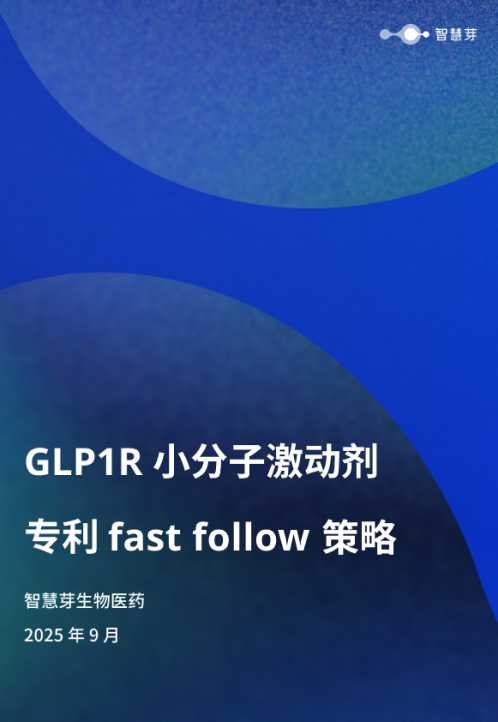预约演示
Novartis allies with Voyager to develop gene therapies in $1.3bn deal
并购引进/卖出基因疗法上市批准
The cell and gene therapy market is forecasted to be worth $81bn by 2029, as per GlobalData’s sales and forecast database. Image Credit: JHVEPhoto / Shutterstock.
Novartis has signed a collaboration and capsid license agreement with Voyager Therapeutics to develop gene therapies for Huntington’s disease and spinal muscular atrophy (SMA).
Voyager will receive $100m in upfront payment, with $20m in equity. The US-based company will also be in line to receive up to $1.2bn in milestone-based payments and tiered royalties on global net sales, as per a 2 January press release.
Novartisg the news, Voyager stock was up by 24.8% when the market openVoyager Therapeuticspared to the market close on 29Huntington’s diseasecompaspinal muscular atrophy (SMA)5.96m today (3 January), with the funds from the current deal expected to extend the company’s runway into mid-2026.
The partnership leverages Voyager’s TRACER technology – tropism redirection of adeno-associated virus (AAV) by cell-type-specific expression of ribonucleic acid (RNA). The TRACER capsid discovery platform allows for the discovery of AAV capsids, which can cross the blood-brain barrier and target the central nervous system while de-targeting the liver and dorsal root ganglia.
The companies have collaborated in the past, with Novartis signing a licensing option agreement with Voyager in March 2022. The agreement allowed Novartis access to Voyager’s technology to develop AAV capsids for use against diseases that affect the central nervous system and the option for two additional targets.
Under the new deal, Novartis will have target-exclusive access to Voyager’s TRACER capsids related to SMA. It will also be responsible for the development and commercialisation of the SMA gene therapy. Novartis’ current portfolio contains an SMA gene therapy, Zolgensma (onasemnogene abeparvovec). The therapy was approved by the US Food and Drug Administration (FDA) for treating type 1 SMA in 2019.
Novartis has investeNovartisanding its gene therapy portfolio. In May 2023, it acquired AVROBIO’s haemSMApoietic stem cell (HSC) gene therapy programme, designed to treat cystinosis. ISMAuly 2023, NovarNovartisired San Diego-based preclinicalSMAage biotech DTxZolgensmaoronasemnogene abeparvoveclises in small interfering RNA (siRUS Food and Drug Administration (FDA)tem and neuromtype 1 SMAdications.
Novartista is the parent company of Pharmaceutical Technology.AVROBIOcystinosisNovartisDTx PharmaDTx Pharma
Cell & Gene Therapy coverage on Pharmaceutical Technology is supported by Cytiva.
Editorial content is independently pPharmaceutical Technologyighest standards of journalistic integrity. Topic sponsors are not involved in the creation of editorial content.
Free WhitepaperCell and gene therapies: Pipe dream to pipeline
The cell and gene industry is gaining momentum, with a new wave of therapies promising to transform the way doctors treat, and even cure, disease. In this report, Cytiva and GlobalData have collaborated to explore the rise of the cell and gene therapy industries, the current state of the market, present and future opportunities for advancement, and the challenges that lie ahead.
By Cytiva Thematic
-->Cytiva
By Cytiva Thematics case study, you acknowledge that GlobalData may share your information with Cytiva Thematic and that your personal data will be used as described in their Privacy Policy
更多内容,请访问原始网站
文中所述内容并不反映新药情报库及其所属公司任何意见及观点,如有版权侵扰或错误之处,请及时联系我们,我们会在24小时内配合处理。
靶点
Eureka LS:
全新生物医药AI Agent 覆盖科研全链路,让突破性发现快人一步
立即开始免费试用!
智慧芽新药情报库是智慧芽专为生命科学人士构建的基于AI的创新药情报平台,助您全方位提升您的研发与决策效率。
立即开始数据试用!
智慧芽新药库数据也通过智慧芽数据服务平台,以API或者数据包形式对外开放,助您更加充分利用智慧芽新药情报信息。





